A significant milestone has been reached in the global economic landscape, with the combined Gross Domestic Product (GDP) of the BRICS nations surpassing that of the G7 countries. This development marks a pivotal shift in the balance of economic power, reflecting the growing influence of emerging economies on the world stage.
The BRICS acronym represents Brazil, Russia, India, China, and South Africa, which together now account for 35.6% of the global GDP, a figure that underscores their collective economic might and the changing dynamics of international trade and investment.
Economic Ascendancy of BRICS
The BRICS nations have been on an upward trajectory for several years, with each country contributing to the group's overall economic growth. China, in particular, has been a driving force, with its economy expanding rapidly and becoming the world's second-largest economy. India, too, has been experiencing robust growth, with its services sector and manufacturing industry playing a significant role in boosting the country's GDP. Brazil and Russia, despite facing economic challenges, have substantial natural resources that contribute to their economic standing, while South Africa, with its strategic location and rich mineral resources, adds to the group's diversity and strength.
Comparative Analysis with G7
The G7, comprising the United States, Canada, France, Germany, Italy, Japan, and the United Kingdom, has long been considered the leading economic bloc. However, the collective GDP of these countries now stands at a lower percentage of the global GDP compared to the BRICS nations. This shift is indicative of a broader trend where the economic重心 is gradually moving towards the East and South, challenging the traditional dominance of Western economies. The G7 countries, while still influential, are facing economic stagnation, aging populations, and other structural issues that have slowed their growth rates.
Implications for Global Trade and Investment
The increasing economic clout of the BRICS nations has profound implications for global trade and investment patterns. As these countries continue to grow, they are becoming more attractive destinations for foreign direct investment, and their markets are opening up to international businesses. The BRICS nations are also playing a more significant role in shaping global trade policies, with initiatives such as the New Development Bank and the Contingent Reserve Arrangement aimed at providing an alternative to traditional Western-led financial institutions.
Challenges and Opportunities
While the BRICS nations' economic rise presents numerous opportunities, it also comes with its set of challenges. These countries must navigate issues such as income inequality, environmental concerns, and the need for sustainable development. Additionally, geopolitical tensions and economic competition among the BRICS nations can sometimes overshadow their collective goals. However, the shared interest in fostering economic growth and addressing global issues provides a strong foundation for cooperation and mutual benefit.
The Role of Technology and Innovation
Technology and innovation are key drivers of the BRICS nations' economic growth. These countries are investing heavily in research and development, aiming to transition from being resource-dependent to knowledge-based economies. The digital transformation is particularly significant, with the BRICS nations leveraging digital technologies to enhance productivity, improve public services, and create new industries. This focus on innovation is not only boosting their domestic economies but also positioning them as global leaders in emerging technologies.
The BRICS nations' surpassing of the G7 in terms of combined GDP is a testament to their economic resilience and potential. As these countries continue to integrate into the global economy and collaborate on various initiatives, their influence is likely to grow further. The world is witnessing a rebalancing of economic power, with the BRICS nations playing a pivotal role in shaping the future of global trade, investment, and development. It is a development that will have far-reaching consequences for the international community and the global economic order.

By Sophia Lewis/Apr 6, 2025
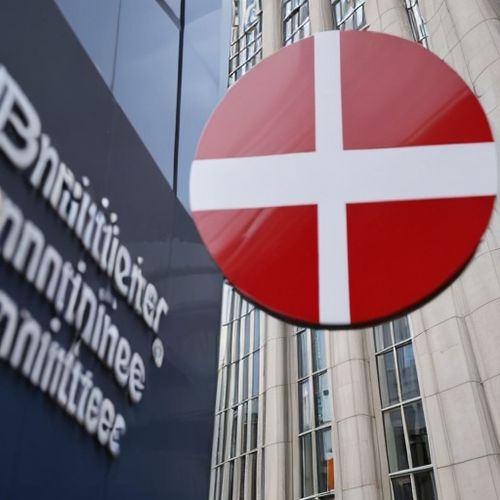
By Thomas Roberts/Apr 5, 2025
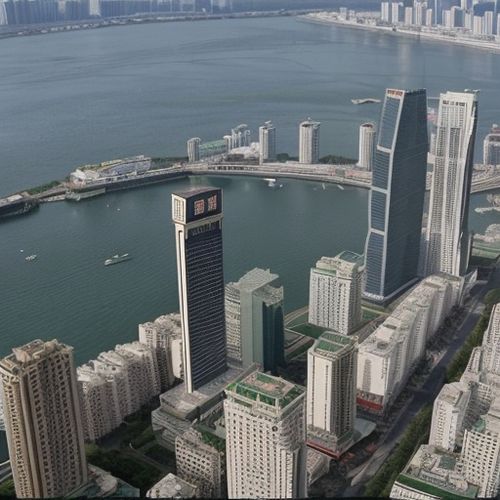
By Emma Thompson/Apr 5, 2025
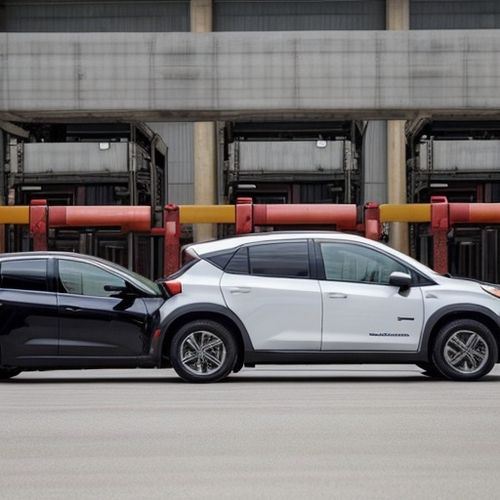
By Sarah Davis/Apr 5, 2025

By John Smith/Apr 5, 2025
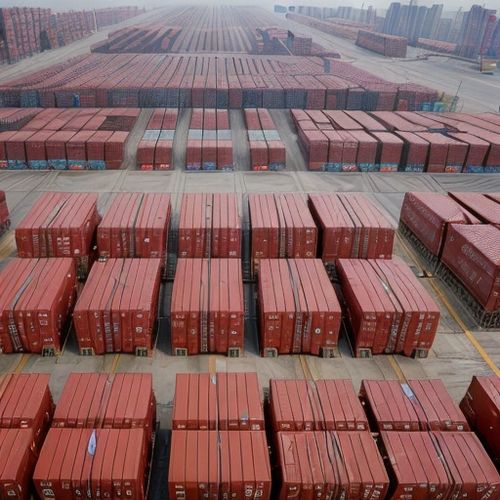
By Laura Wilson/Apr 5, 2025

By Christopher Harris/Apr 5, 2025
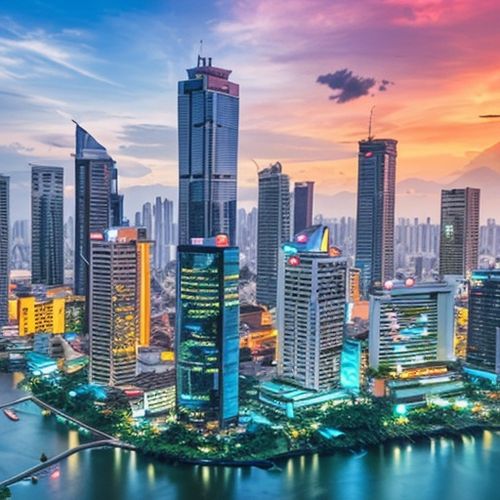
By Emma Thompson/Apr 5, 2025
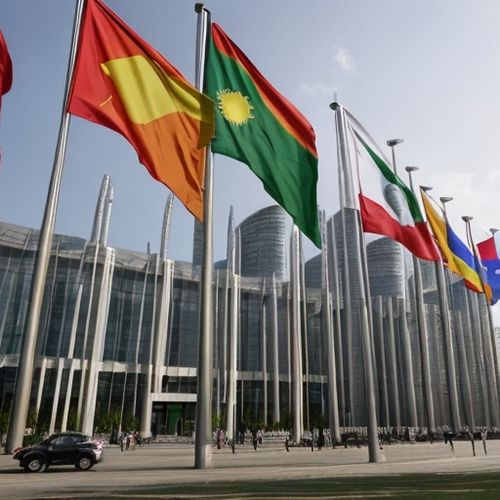
By David Anderson/Apr 5, 2025

By James Moore/Apr 5, 2025

By James Moore/Apr 5, 2025

By Natalie Campbell/Apr 5, 2025

By David Anderson/Apr 5, 2025

By Grace Cox/Apr 5, 2025

By Thomas Roberts/Apr 5, 2025

By Christopher Harris/Apr 5, 2025

By Michael Brown/Apr 5, 2025